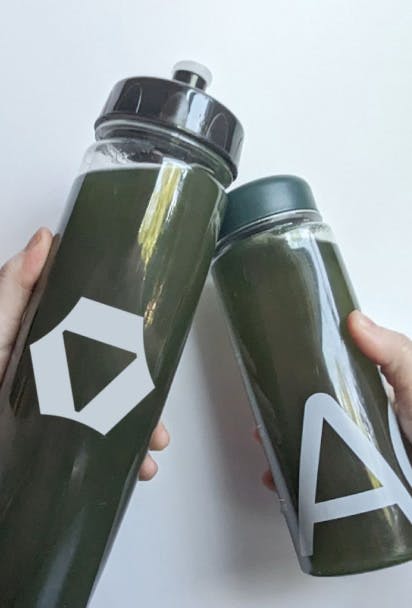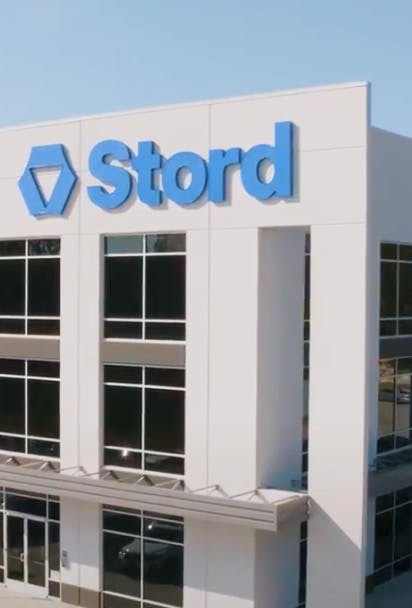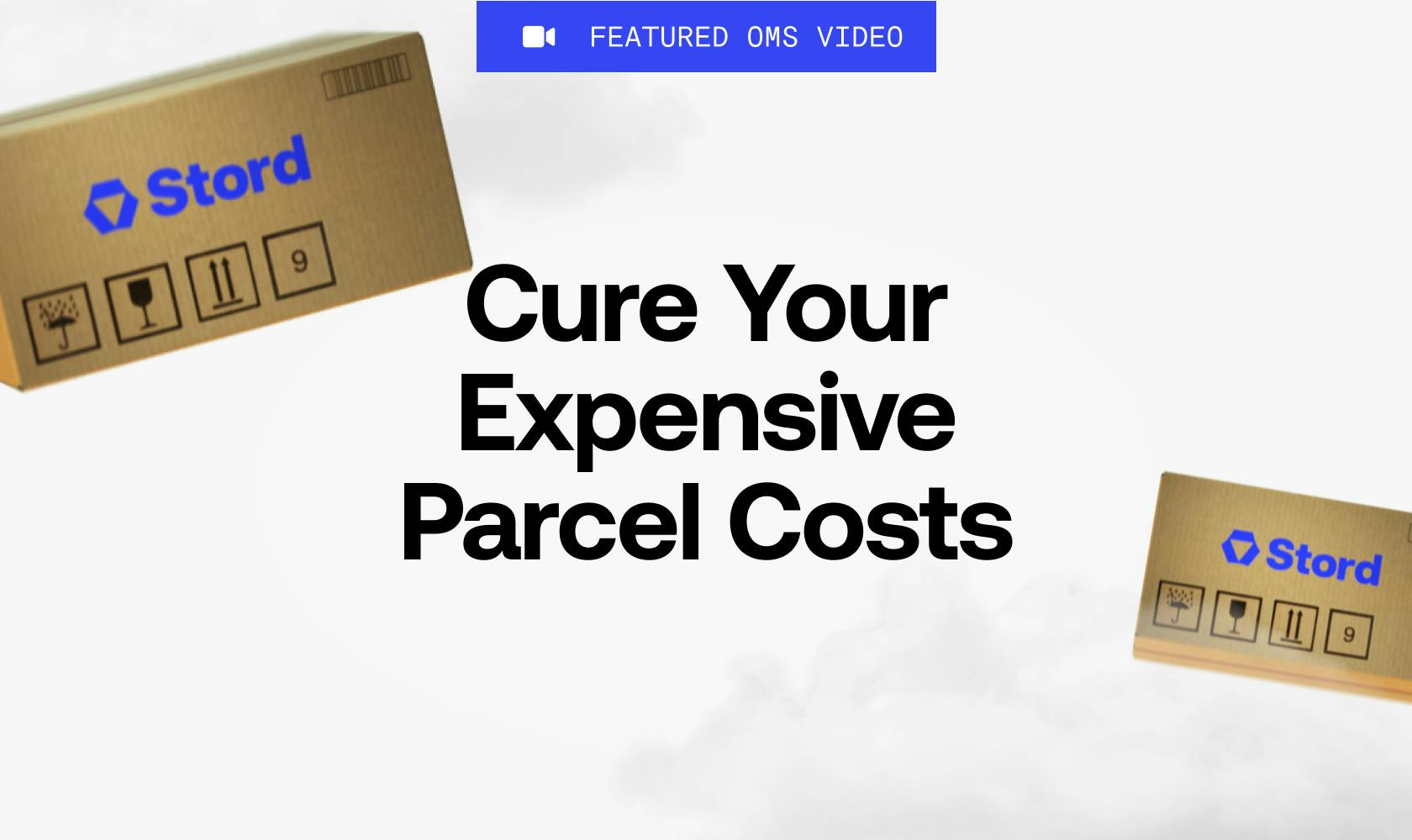This is the first in a series detailing the key capabilities any brand needs to manage its orders efficiently and cost effectively.
There is a good chance your parcel costs keep you up at night.
From annual rate increases to ever growing customer delivery time expectations (to say nothing of “free” delivery expectations) - your parcel program can make or break your customer experience.
So…how do you keep up with these demands without bankrupting your entire fulfillment operation? What technology do you need to ensure cost-effective customer satisfaction?
A good place to start is by watching this brief video:
Carrier Diversity and Volume
Optionality in your parcel offerings is crucial. Being locked into only one or two providers hampers your access to different delivery methods. Less options means more packages are forced into either needlessly expensive delivery methods or delayed due to lack of the proper delivery method.
Couple more diversity with greater volume (possibly by partnering with a 3PL who has sufficient volume) and you start to have a winning combination. The greater volume gives you more leverage with national, international and regional carriers to negotiate better rates, and the greater number of carriers means great available delivery methods to pick from. But now you have so many options, how do you know which to select? And how do you do that at scale on a package-by-package basis?
Software as a Parcel Service (SaaPS)
Software as a Parcel Service (SaaPS) may not take off as an industry term, but it is no less needed. In order for brands to stay competitive as margins tighten and expectations grow - SaaPS becomes the clear and only path.
With dozens of regional and national carriers, and a staggering number of delivery methods, selecting by hand for each order is prohibitively time consuming – if even possible.
Setting up automated selections to pick the cheapest of the available delivery methods with stated delivery promises would seem an obvious path. Need your package there in 3-days? Review all available options with 3-day delivery and select the cheapest among that universe.
Money saved, right? Wrong.
Just because you promised a 3-day delivery, doesn’t mean you NEED to pay for a 3-day delivery method.
If your fulfillment center is in Boston and you are fulfilling an order to New York City, a traditional parcel shopping technology would rate shop between all options with a 3-day delivery promise; that seems simple enough…
But if you are extra savvy, for a given package, you would first look at historical data from your zip to your customer’s zip to determine how quickly packages actually arrive between those specific locations, at every delivery method tier and carrier.
Now, suddenly, you aren’t selecting the cheapest delivery method within the stated delivery time - but rather the cheapest delivery method within all options based on real delivery data.
So for our Boston-New York City example, you can now intelligently downgrade from a pricier ‘3-day’ method to a standard ground method with confidence, because you know that it still will be delivered on time AND for the cheapest price. With the right order management technology, you can do these calculations - in real-time and for every package - at scale.
Now, money has been saved. For you and your customer.
The Power of Perfect Parcel
Parcel-focused software is but one piece of a larger puzzle when trying to find cost optimizations, while improving customer experience. Brands pairing integrated order management software and Last-Mile Optimization capabilities (more on that in a future blog post) with a competent fulfillment partner can truly experience transformational cost savings.
In fact, a natural personal care brand saved over $900,000 in its annual parcel spend when it switched to an integrated solution with Stord. And that savings only grows year-over-year as its happy customers buy more and more product.
Not saying you need to talk to Stord if your parcel spend is a painful thorn in your proverbial supply chain side, but you probably should, and you can do that by clicking here.
Minimizing Parcel Spend Video Recap
Driving customer satisfaction is important for every brand. But how do you do so without excessive parcel costs?
Hi. I'm Cameron Ure, I'm a Senior OMS Product Manager here at Stord.
There's a number of challenges that brands face.
They're competing with brands that already provide fast shipping.
How do you do so without drastically increasing your parcel spend?
Because that reduces your per order profit.
Another challenge is better understanding your demand, and then positioning your inventory and optimizing your fulfillment decisions with dispersed inventory to better meet that demand.
And lastly, brands really struggle to automate the decision making to make sure that they're always optimizing for time or money.
To address these challenges you need software that is able to do these three things.
First off, you need to have a technology that can set an accurate promise date on your e-commerce website. This technology should understand your inventory levels, your origins, and your destinations in order to make an accurate delivery promise to your customers.
This technology can also provide a little buffer room in case of potential issues or delays in the fulfillment cycle.
You need a software that understands all of your fulfillment locations as well as the destination of where the order is going. And this is critical for any brand that's in the direct-to-consumer space.
Secondly, you need a software solution that can optimize your order routing or order orchestration.
This means you need a technology that understands the promised delivery date for this order, and is able to dynamically select which fulfillment location can get it there on time.
In addition, you need a software solution that has self-service capability. You can dynamically set up rules and automations to handle orders how you want them to be handled. For example, for B2B orders, you might wanna send them to a given facility.
For DTC orders, you might wanna optimize for shipping costs.
Thirdly, you need a software solution that optimizes for that last mile delivery.
There's two key components to optimizing for the last mile delivery. The most important aspect is making sure you establish agreement with both national and local carriers.
This gives you the ability to select between multiple carriers and service methods so that you're always shipping and delivering at the lowest cost.
Many times brands don't have sufficient volume to negotiate contracts with all of these carriers. Therefore, it's important to also partner with the 3PL that does have the order volume and the weight to negotiate contracts with all of these national and local carriers.
Now having this diversified carrier mix is great, but now it comes to the complicated part of selecting the carrier on a package-by-package basis.
This is where you need a software solution to make this decision in real time for every single package.
These solutions work by looking at millions of historical shipments from zip to zip. They evaluate carrier efficiency from origin to destination, and ultimately choose the carrier that can get it to the customer on time for the lowest cost.
You have an order that's going from Boston to New York City, and you've promised a three day delivery time frame.
Typically, you would put that on a two day method.
This parcel optimization software analyzes millions of historical shipments and knows that even though you need to get it there in three days, you actually don't need a two day or three day method, you can selectively downgrade that to a ground method and still get it there on time within three days.
Brands that deliver on these promises to customers increase the likelihood of a repeat customer and therefore the total lifetime value of that customer.
Brands that optimize these parcel decisions are seeing a cost reduction in their total parcel spend up to twelve to fifteen percent annually.
If you're a brand looking to improve your customer experience while not breaking the bank, we'd love to talk.




